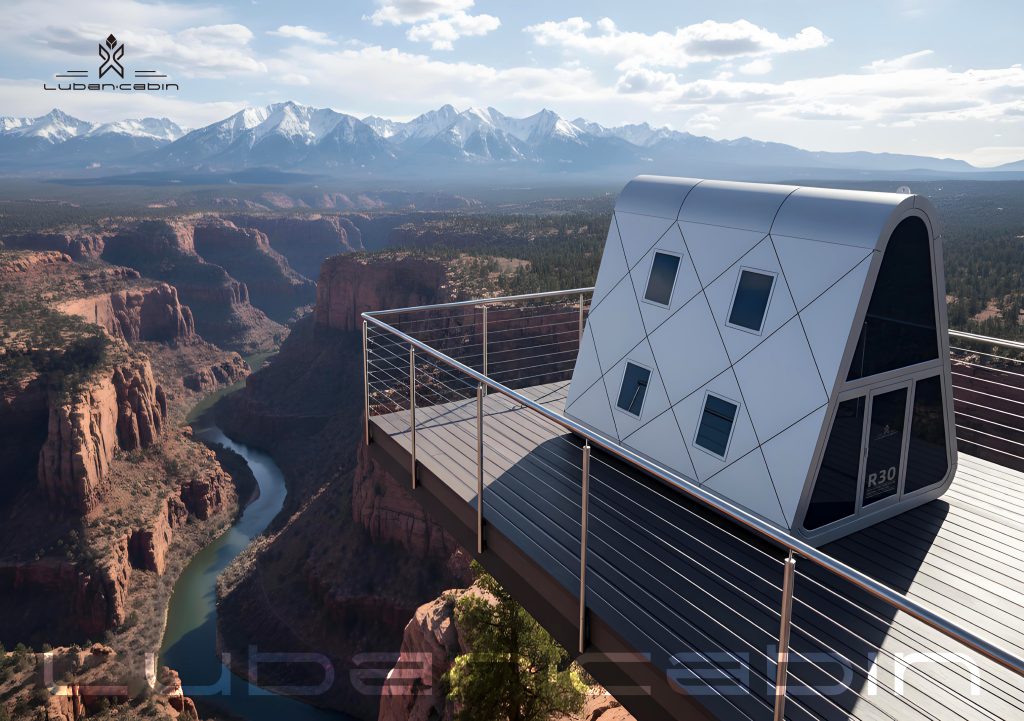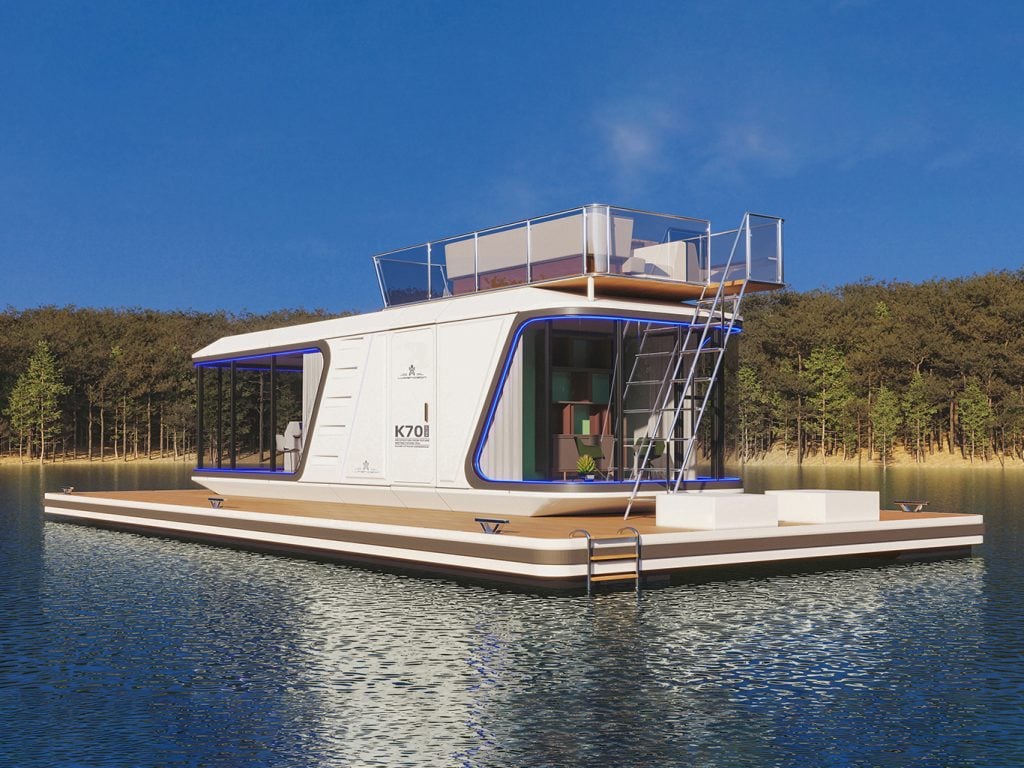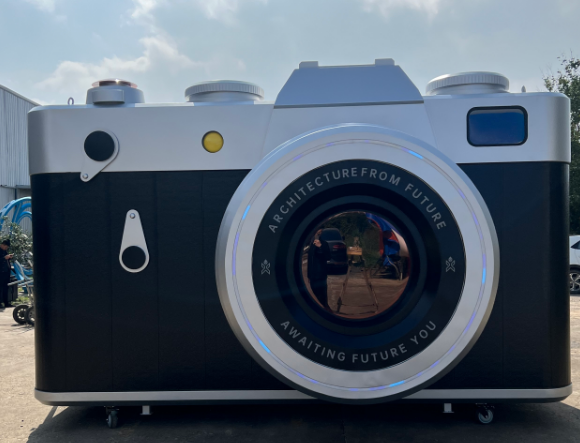Nowadays, a capsule home is becoming one of the most popular forms of sustainable and cheap housing designs. And, you know, such small living spaces do not require excessive living, and all the facilities are within reach. However, providing these places with social services such as water and electricity is quite a challenge as it requires smart and keen strategies.
This article intends to discuss site preparation, the water connection process, and electrical installation in thorough detail. After reading this article, it will be possible for you to comfortably and straightforwardly undertake the installation processes. So, keep learning!
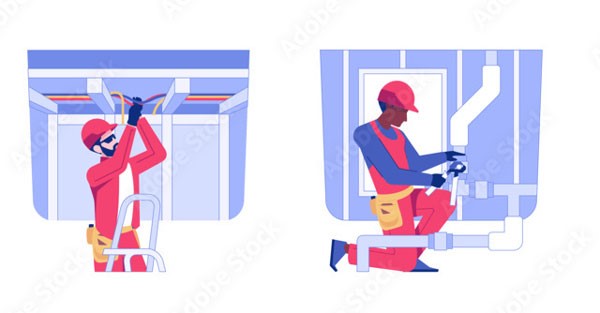
Table of Contents
1) Site Preparation
So, the very first step in installing any connection is site preparation. For your ease, we have subdivided this step into multiple easy-to-understand steps. Let’s discuss them one;
Understanding Your Capsule Home’s Utility Layout
It is important to note that before you start any installation process, you should take some time to understand the utility layout ( routes of connection in the infrastructure of the house) of your capsule home. Each model may have unique features, including the positions of water inlets, electrical panels, and connection points.
There are likely to be graphic illustrations or layout plans within the documents you acquire from the manufacturer. The manufacturer shall show you how or where the water pipes, as well as the electrical wiring, will be routed. This would help you prepare the routing paths for the utilities to avoid future hassle.
Apart from this, look for critical features like the main water inlet, the power service panel, the locations of the sockets, etc. Familiarity with these points will help you make the connections carefully and efficiently.
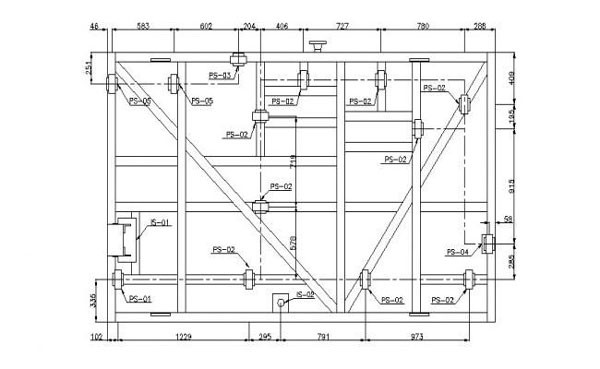
Assessing the Installation Site: Matching Real-World Conditions to Plans
After making sure that the utility layout of your home is well laid out, the subsequent step is to evaluate the place of installation. This is where you assess the actual site where your capsule home will be installed. Assess the vicinity for any underground lines, the available water and electricity resources, and anything that may hinder the installation, such as bumpy surfaces or big boulders.
Make proper allowances for the installation of utility services around the capsule home. Depending on the geographical conditions of the area, such as a slope or flooding risks, the home may require some alterations or additional safety provisions, for instance, some drainage systems, etc.
Preparing Materials: Checklist of Necessary Tools and Equipment
Preparation is one of the stages of the process that has an impact on the end result of the installation. If all the tools and materials are available, it is more efficient, and there are no unnecessary delays. Here’s a detailed checklist to ease your prepping phase:
For water connection:
- Pipe wrench
- Plumber’s tape
- PVC pipes and fittings
- Pipe clamps
- Sealant
- Pressure gauge
- Hose and testing nozzle
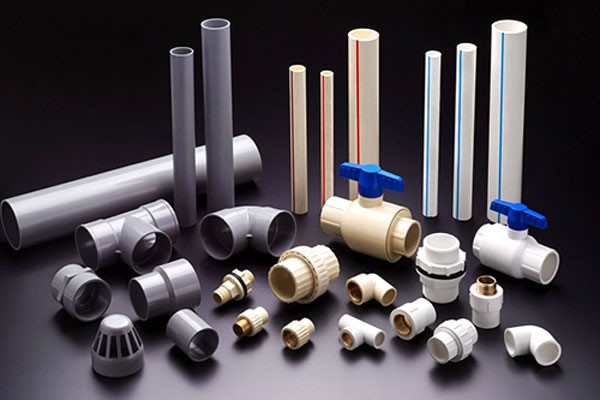
For electrical installation:
- Wire cutters and strippers
- Screwdrivers
- Electrical tape
- Junction boxes
- Circuit breakers
- Conduit and conduit benders
- Wire connectors
- Voltage tester
Marking Connection Points: Accurate Placement for Utility Hookups
Marking interconnection points for water and electricity should be done with the utmost care and expertise. Use a marker or tape to indicate where the water supply pipes will join the main water supply. Moreover, consider where the electricity wires will enter the house.
In most instances, measuring two or three times will be advisable to make it clear where each placement will be made. Be patient here; it may take some time. Well, accuracy and revision steps will prevent unnecessary delays or wastage.
2) Water Connection Process
Interface Inspection: Ensuring Compatibility and Access
It should be understood that prior to any kind of installation it may be imperative to carry out an inspection on water interface points. This is done by inspecting the fittings on your capsule home for their compatibility with the local plumbing. Inspect for any damage, debris, and corrosion that may block the water interface connection.
Guarantee of compatibility is of vital importance, as it avoids leaks and guarantees complete and secure sealing. If you notice any problems, do something about it first before you continue working on the project.
Conducting a Pressure Test: Verifying System Integrity
A pressure test is important to confirm the water system is strong enough before any permanent works are put in place.
In order to a pressure test to assess the integrity of the water system, follow the steps below;
Step 1) Connect the water supply temporarily to the capsule home.
Step 2) Attach a pressure gauge.
Step 3) Turn on the water supply.
Step 4) Monitor the water pressure gauge and make sure the pressure is maintained. In case the pressure is reduced or there is some water leakage, look for the reason and fix it, then go on.
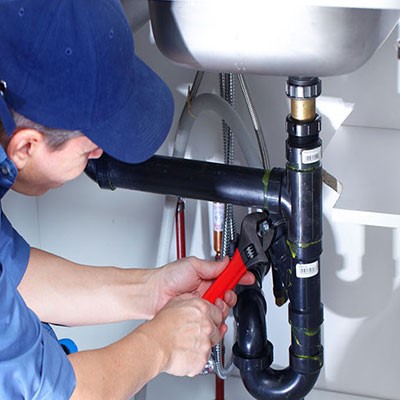
Step-by-Step Connection
When the pressure test has been conducted, and the integrity of the system established, then permanent works can continue with the connection. The following procedures should be completed:
- Switch off the main water supply: Well, this is the first and most important step that should be taken to avoid unwanted water in the house during installation.
- Connect the pipes: Connect the PVC pipes to the correct water inlets of the capsule home using a pipe wrench with appropriate fittings. It is important to note that the pipes must be well fitted in and in the right position with respect to the inlets.
- Seal the joints: With a bit of plumber’s tape and sealant at every joint, no water will sneak past any of the fitting. This will prevent flooding and ensure the efficiency of the system.
- Secure with clamps: In order to give the joints and pipes more rigidity and stop any movements, pipe clamps have been made to secure the joints.
- Turn on the water supply: Gradually lift the primary control valve in order to give rise to water into the capsule home. Now, carefully observe the system for any burst or malfunctions.
- Check for leaks: Feel through the hands any connections which you suspect may be leaking or dripping. Tighten up and reseal where necessary to create a tight and dry connection.
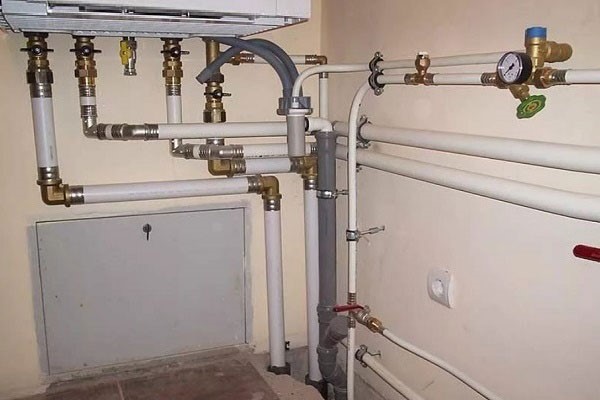
System Verification: Ensuring Operational Efficiency Post-Installation
After all the connections have been made, the next task is to make sure that the system functions. Open every water outlet including taps, showerheads, and toilets to check whether water flows and the pressure is maintained. Also listen carefully for strange types of noise rather than running water like banging or rattling that could tell you something is wrong.
In case you notice any problems, rectify them at once so that they do not escalate further.
3) Electrical Installation
Alright! Now the water connection has been installed, now let’s take a look at all aspects involved in electrical installation;
Safe Wire Routing: How to Route Electrical Wiring in Capsule Homes
Routing electrical wiring in capsule homes is something that needs a lot of thought in terms of safety and efficiency being achieved in the end.
First locate the main electrical panel, and establish the shortest possible distance to every outlet, switch, and fixture. And, try to run wires as far away from any water pipes or other possible hazards as possible. Wire management systems such as conduit ( a tube that is used to protect electrical wiring) should be used to maintain order of wires.
Safety Precautions, Tools, and Materials
Like all other tasks, electrical work is fraught with risk and it is very critical to observe the risks. Here are some basic procedures and tools which should never be ignored of when dealing with safety:
Switch off the main power supply: This is done mainly when starting any electrical job so that the risk of getting electrical shocks is eliminated.
Wear protection: As a measure against the risk of shock and injuries, use insulated gloves and safety goggles when working.
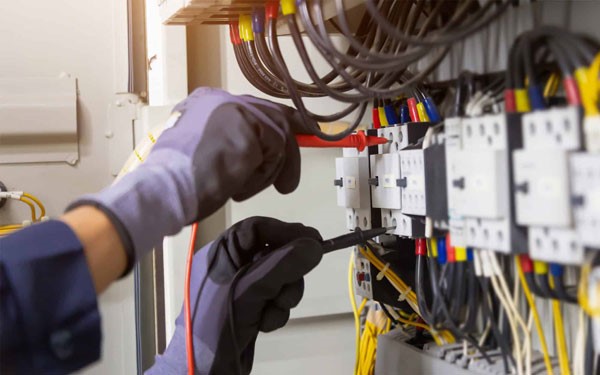
Regular use of quality tools: You can safely work with live electrical wires if you use good quality voltage testers and non-contact voltage detectors.
Tools required:
- Voltage Tester
- Multimeter
- Wire StrippersPliers
- Screwdrivers
- Drill and Bits
Material require:
- Electrical wires
- Electrical boxes
- Circuit breaker panel
- Switches and outlets
- Light fixtures
- Cable connectors
Regulatory Compliance: Meeting Local Electrical Codes and Safety Inspections
Attention must be paid to the distribution of the electricity in order to meet electrical codes and safety. Look into the requirements in your region considering the size of wire that will be used, sizes of circuit breakers, grounding and other considerations.
At the end of the installation, you must arrange a follow-up with a properly trained electrician or local authority for an on-site inspection.
Step-by-Step Electrical Installation
- Layout plan of the electronics: Having designed the capsule home, arrange all the components like the sockets, switches, fixtures and main panel and design the electrical system in detail, electronically.
- Run the conduit: Place the conduit for the addition or renovation at all locations as set forth in the electrical plans.
- Pull the wires: Push wires into the exposed conduit or sheathe the wires into the conduit or cable tray. The wires should be appropriately labeled and coordinated.
- Connect the outlets and switches: Attach each wire to the corresponding outlet or switch as instructed using wire connectors carefully.
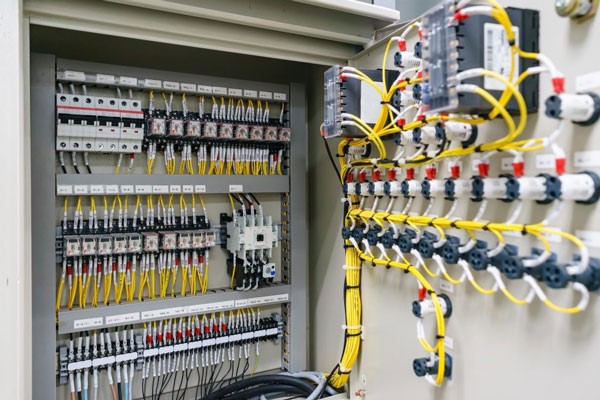
- Install the circuit breakers: Fit individual wires with circuit breakages from the same main panel.
- Ground the system: Put in some grounding rods and join the grounding wires to the main panel.
- Test the system: Check for any live wires using a voltage tester and evaluate other electrical risks. Make sure that all outlets, switches, and fittings are in good working order. That’s all!
4) Conclusion
So, it is cruciual to carefully plan, pay attention, and execute all the available safety precautions when combining the water and electricity in the capsule homes. Planning the entire house layout, preparing the site, and following the stepwise procedures above would give you great peace of mind and guaranteed safety.
In case you wish to build a capsule or wish additional recommendations regarding the utility connections, you may get in touch with the professional installer. They will not only give you ideas and strategies but also execute them professionally.

